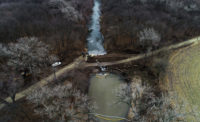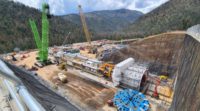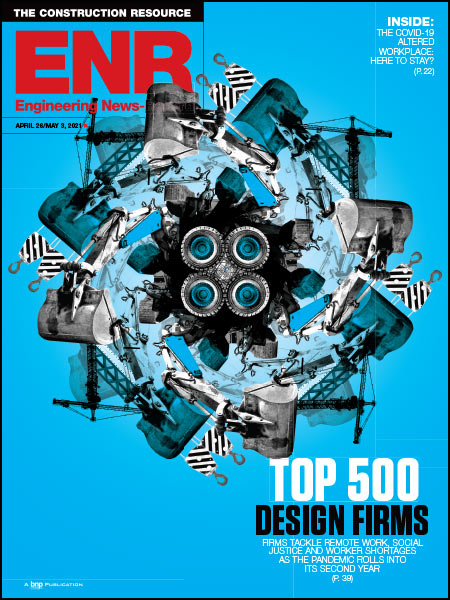Stephen M. Levin was a physician, noted construction occupational illness researcher and co-director of the pioneering Irving J. Selikoff Center for Occupational and Environmental Medicine at New York City's Mount Sinai School of Medicine.
 |
| Levin |
"To be very honest, I think Dr. Levin was the first one to identify or suspect the clinical consequences of 9/11 exposures," says Dr. Jaime Szeinuk, the Selikoff center's co-director.
The center's $12-million federally funded effort to screen first responders treated more than 20,000 and focused attention on adequate respiratory protection and on the psychological impacts of disaster response, he says. Szeinuk adds that Levin's mission was "assuring that care is not restricted just to pills and therapy."
A center researcher since 1979 and co-director since 1987, Levin also focused on risks of worker exposure to airborne lead, asbestos and silica dust and lobbied for state and federal protections for painters, ironworkers and others (ENR 11/6/00 p. 64).
"Dr. Levin was a tireless advocate for the health of working men and women in our industry," says Gary LaBarbera, president of the Building and Construction Trades Council of Greater New York.
"From the moment I met him, it was apparent that Dr. Stephen M. Levin was no ordinary doctor. He respected us, and he talked like a union man," says Joseph Ramaglia, business manager of painters' union District Council 9 in New York City.
"While we worked together to help bridge painters adjust to new work procedures and fight to ensure that federal and state regulations required provisions to protect them from lead poisoning, his commitment and dedication became more and more clear."
But as a carpenter's son, he also could communicate with craft workers and warned of on-site health risks they faced after the 9/11 attack and for decades before. Some 32 years of research and advocacy ended on Feb. 7 with Levin's death from cancer in Rockland County, N.Y. He was 70.





Post a comment to this article
Report Abusive Comment